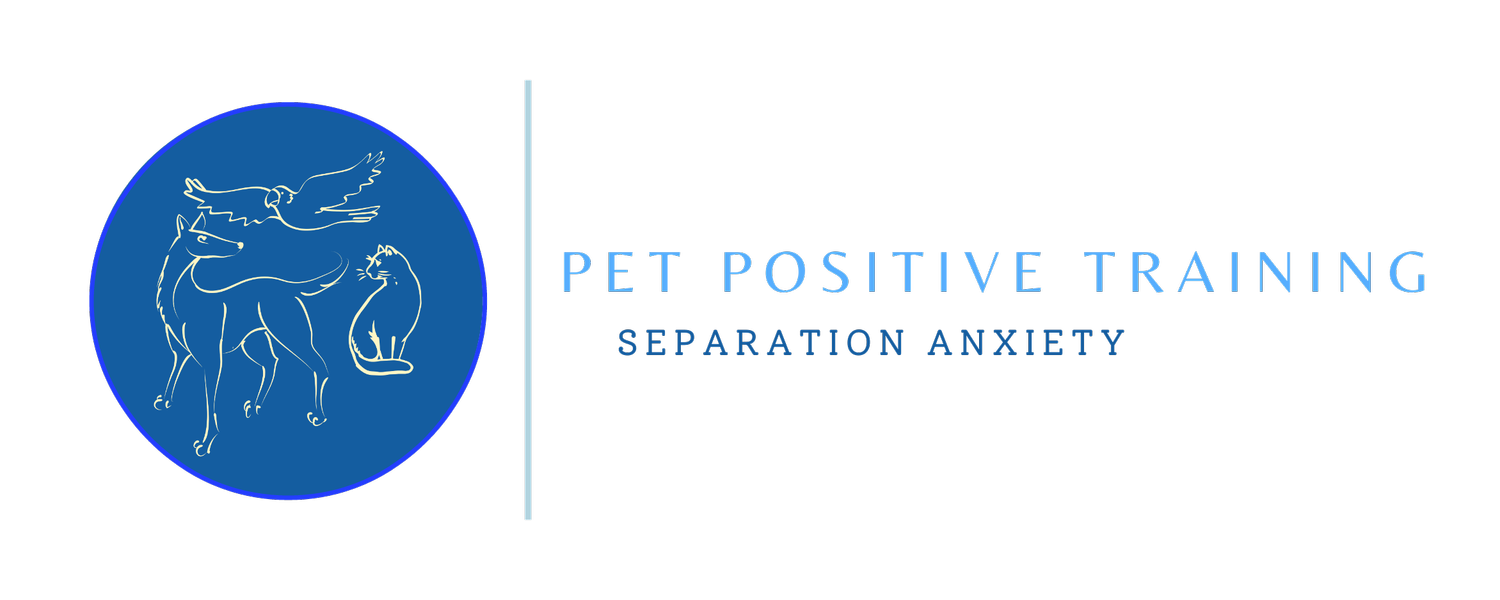Pet Positive Blogcast
Written by Liz Fisher, CSAT, CPDT-KA
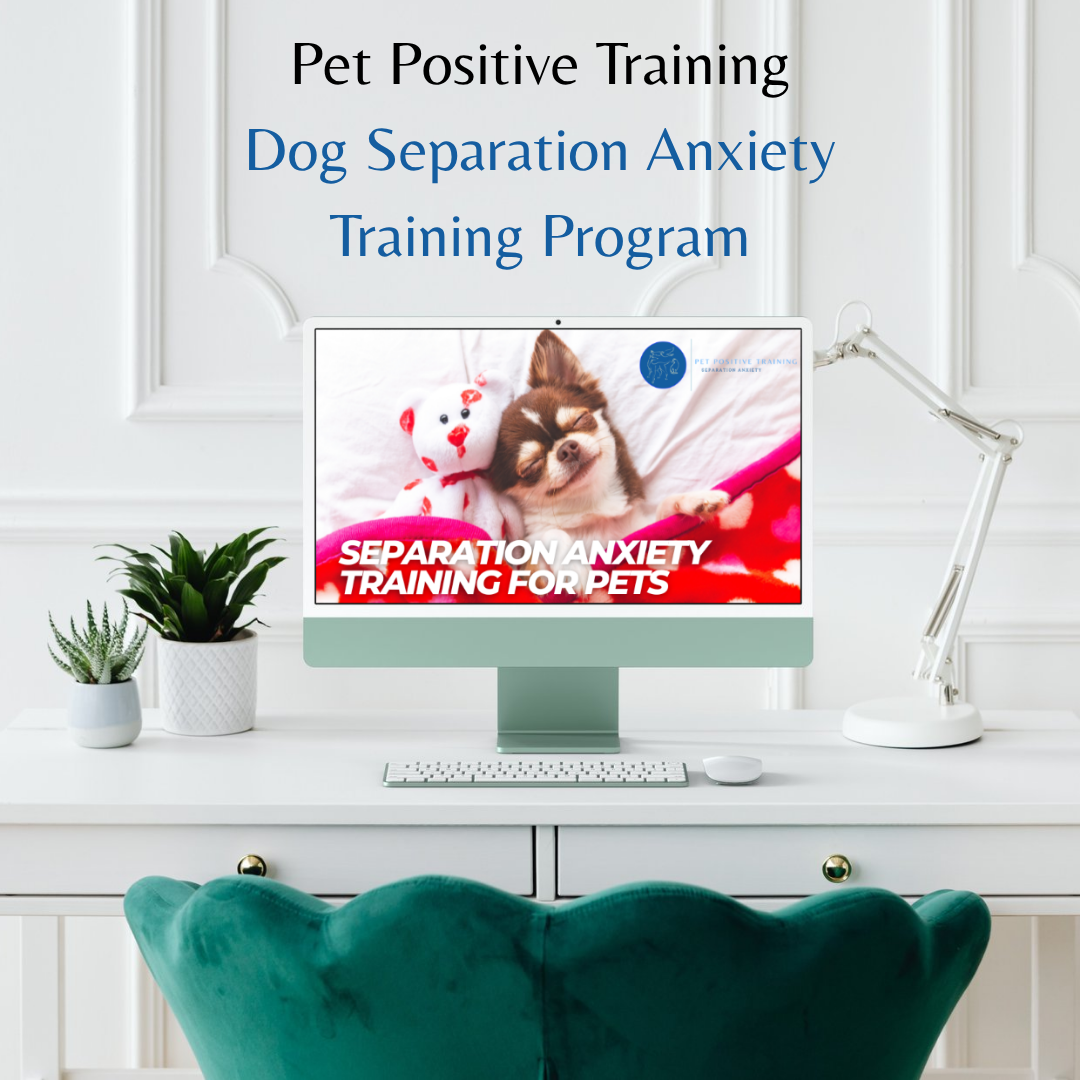
So how does Pet Positive Training’s separation anxiety program work?
Our hybrid training and education program lets you affordably work one-on-one with a dog separation anxiety expert. Start your training right with a behavior assessment. Then 5 Months of learning Modules get lower in price while you start training your dog more independently with all the skills and support you need. After the 5 month program you are empowered with everything you need to decide what level of ongoing certified separation anxiety trainer support makes sense for you, your dog, and your budget. Learn more about the Dog Separation Anxiety Training Program and how it helps relieve stress and anxiety for both you and your dog.
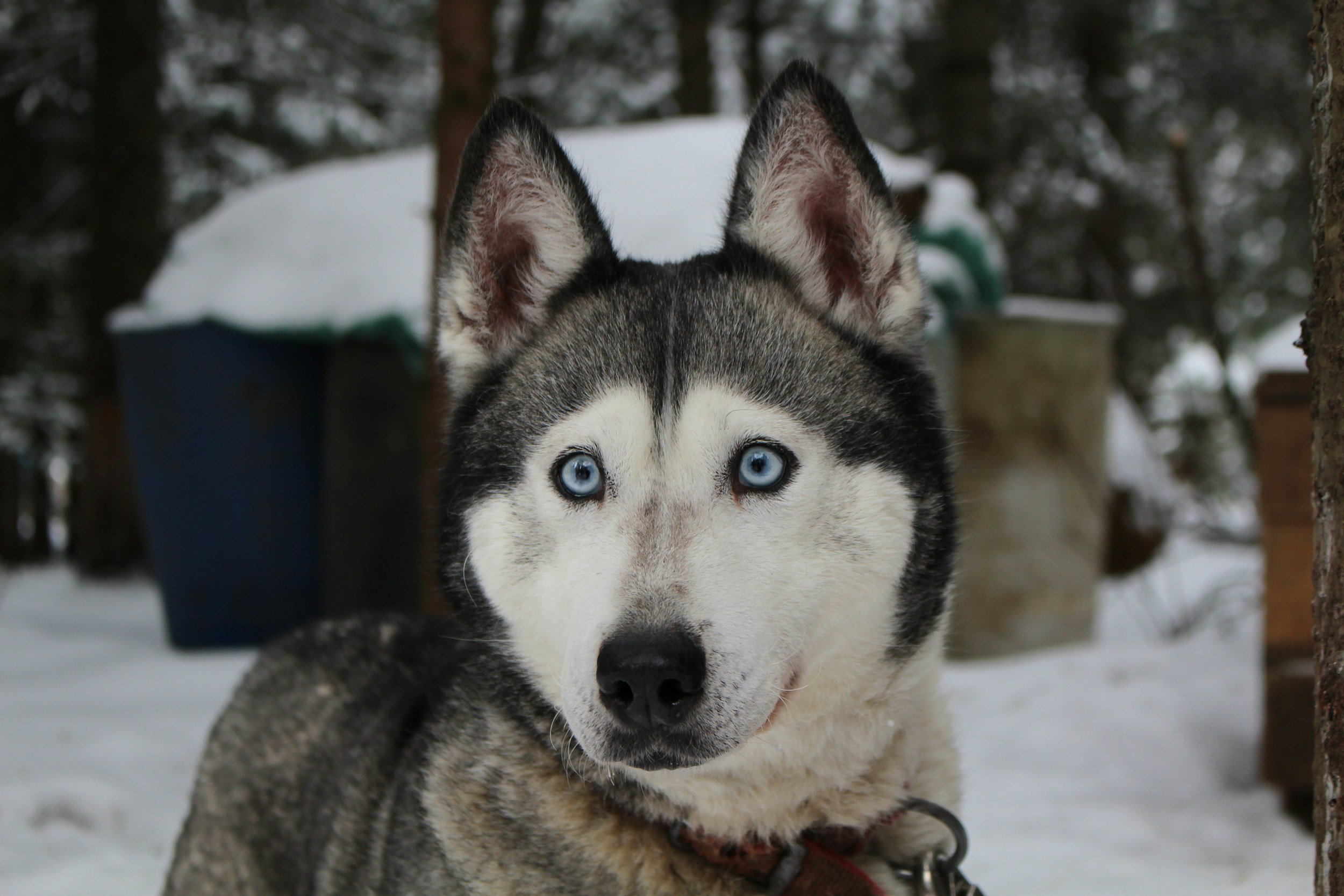
Why did my dog start behaving this way?!?
Some dogs may seem to suddenly develop separation anxiety, reactivity, or other surprising and undesirable behaviors.
When deciding what training or management to use, consider possible causes of the behavior change.
Body or health changes, Changes to schedule or household dynamics, New or bad experiences, Age, or Unrecognized/Ignored body language communication could all be factors.
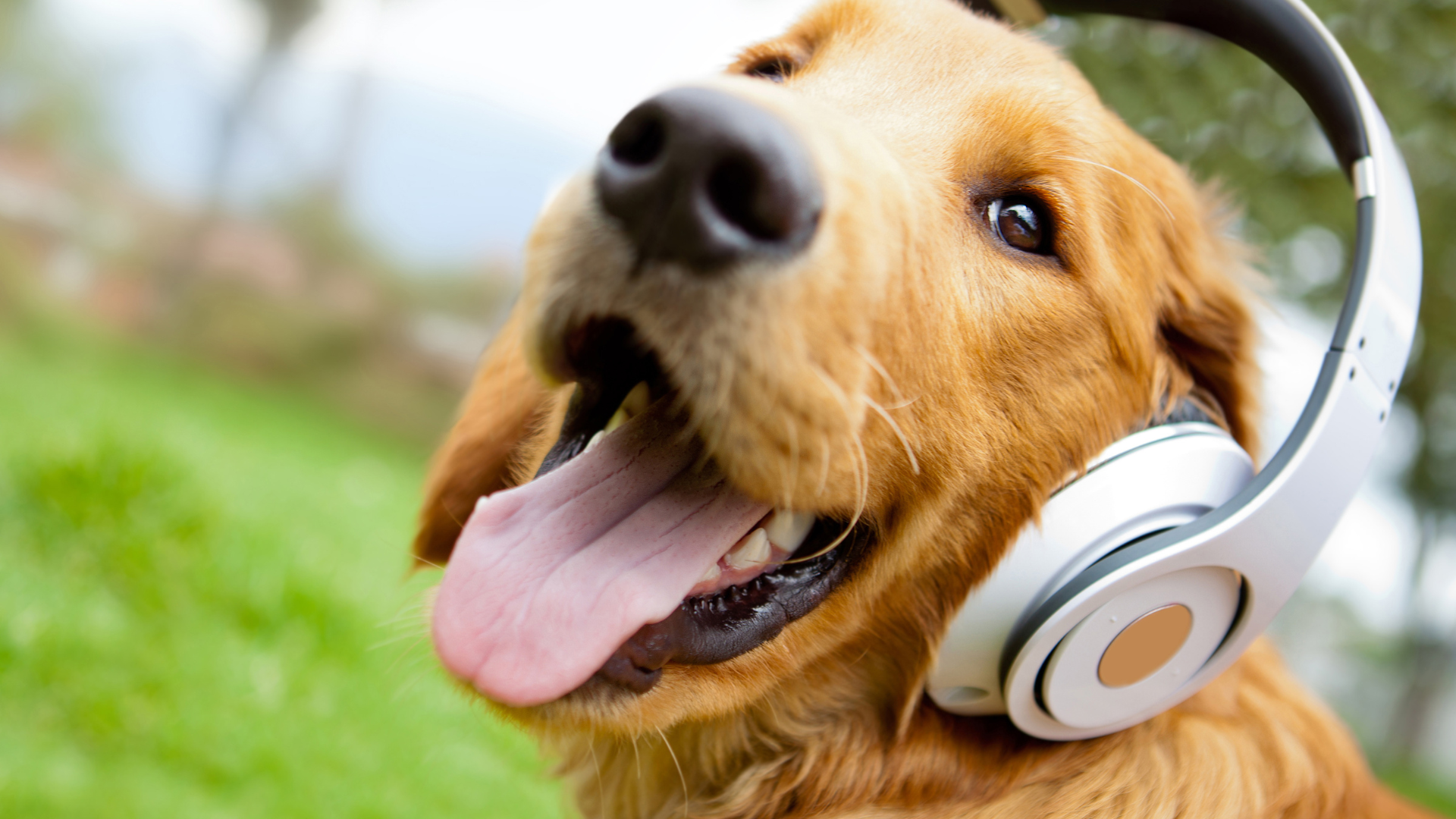
Music and Sound for Anxious Dogs
While music or sound will not solve your dog’s anxiety or separation anxiety on its own, it can be an amazing tool to help your training! However, learn to know what products for anxious dogs are good and which are no good. Do NOT use the RelaxoPet Pro as this product uses inappropriate and potentially dangerous high frequency sounds instead of only relaxing music.
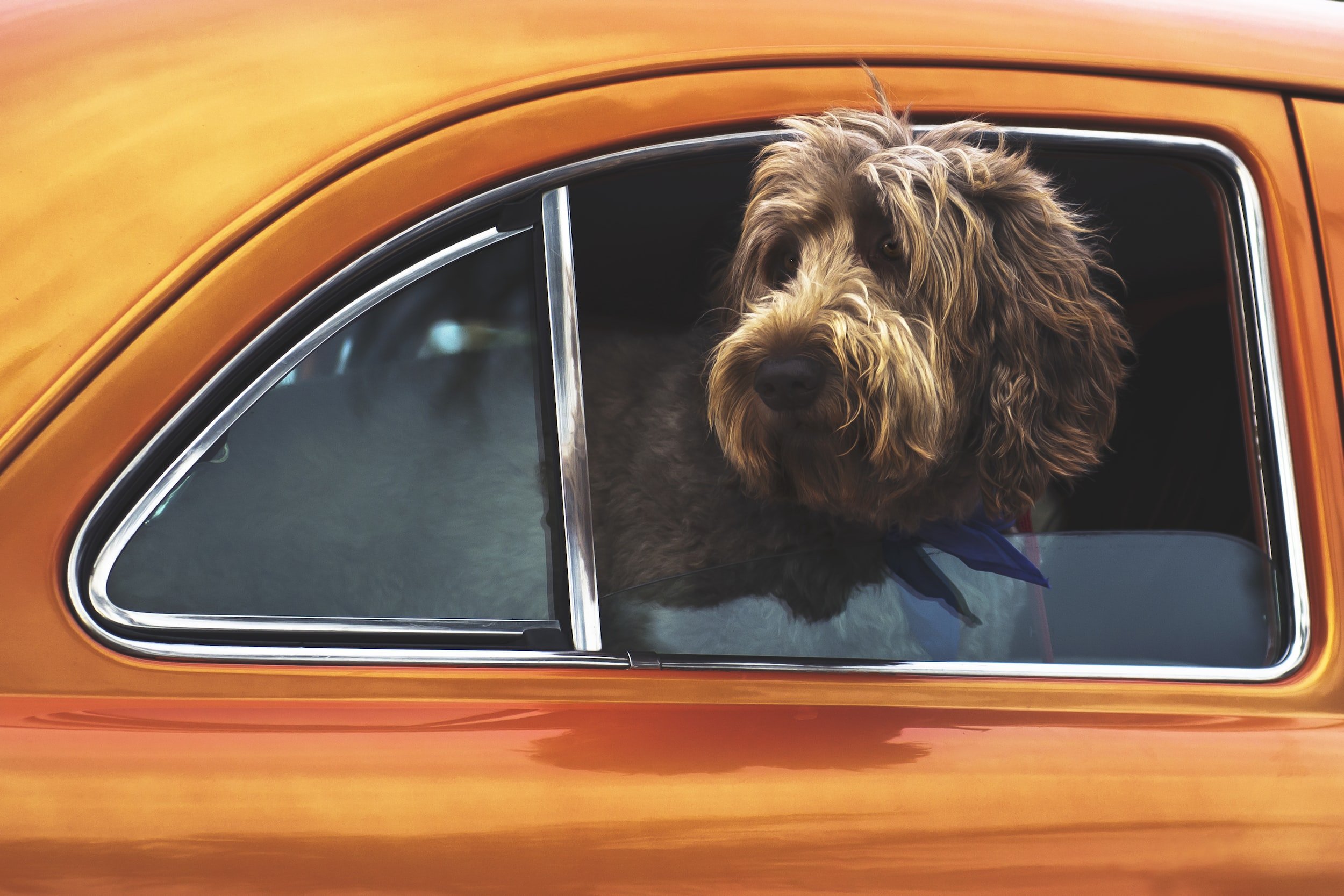
Creative ways to “suspend absences” during separation anxiety training for dogs
In order to start a separation anxiety protocol for your dog(s) you first need to stop exposing them to the thing that is making them so upset - being alone. This looks different for every dog but these are my go-to recommendations.
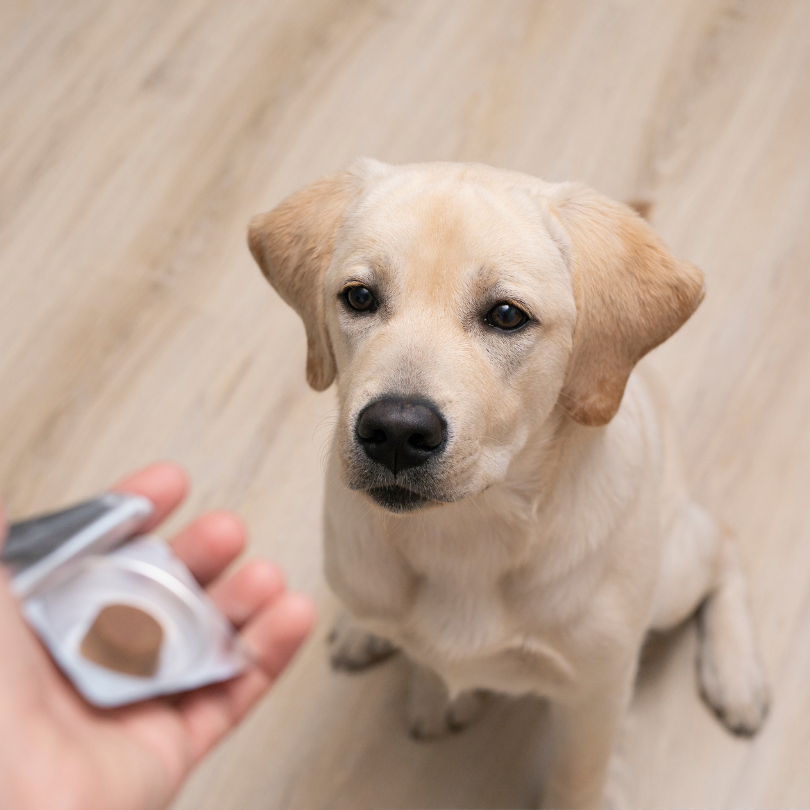
Should I give my dog or cat CBD for anxiety?
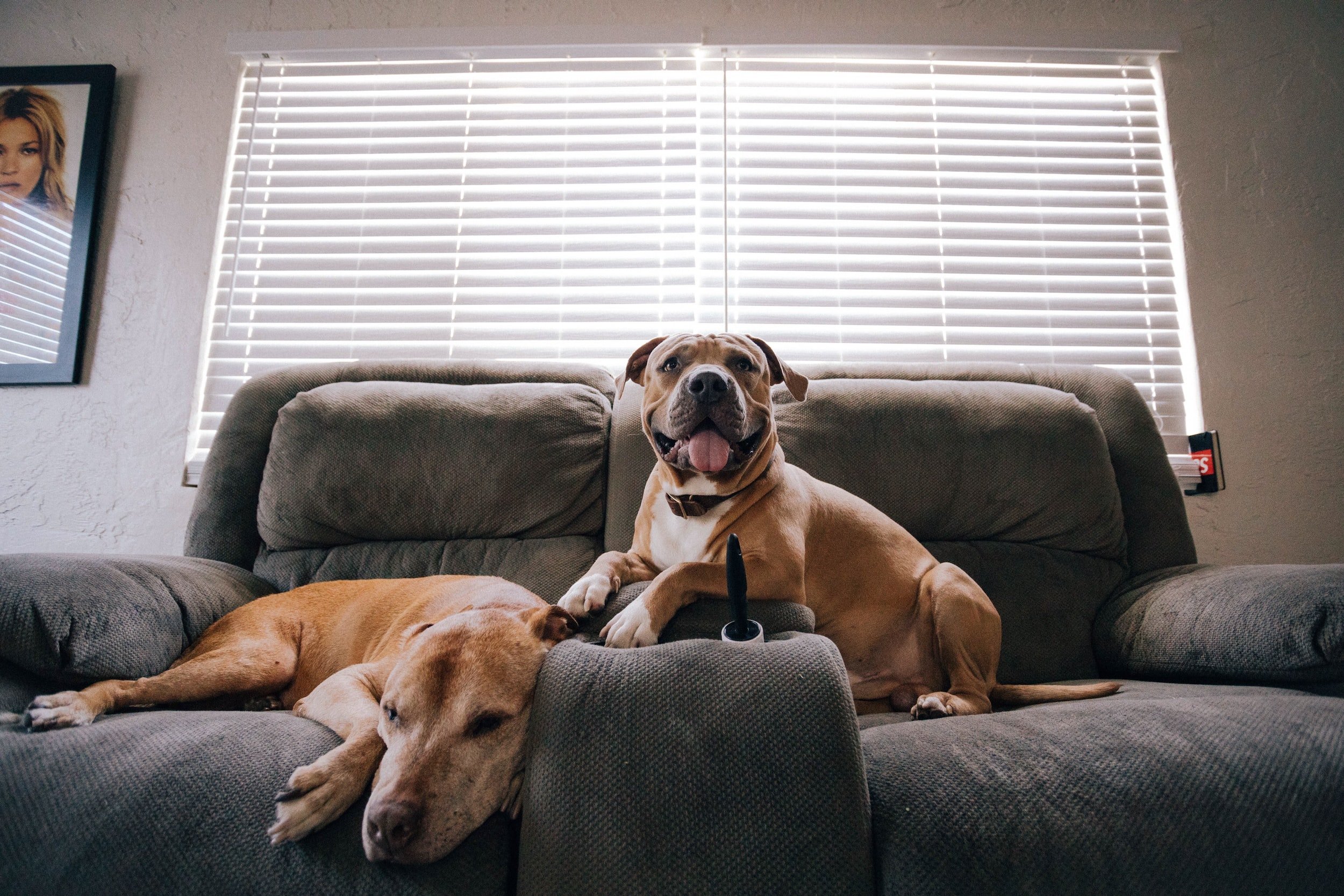
Separation anxiety in multi-pet households
Having multiple dogs or multiple pets can make identifying and treating separation behavior issues feel a bit overwhelming… but it can be done! While you can just throw a camera up and see what happens when you are away, you should consider a few things. Let’s start with safety, confinement training, and whodunnit?
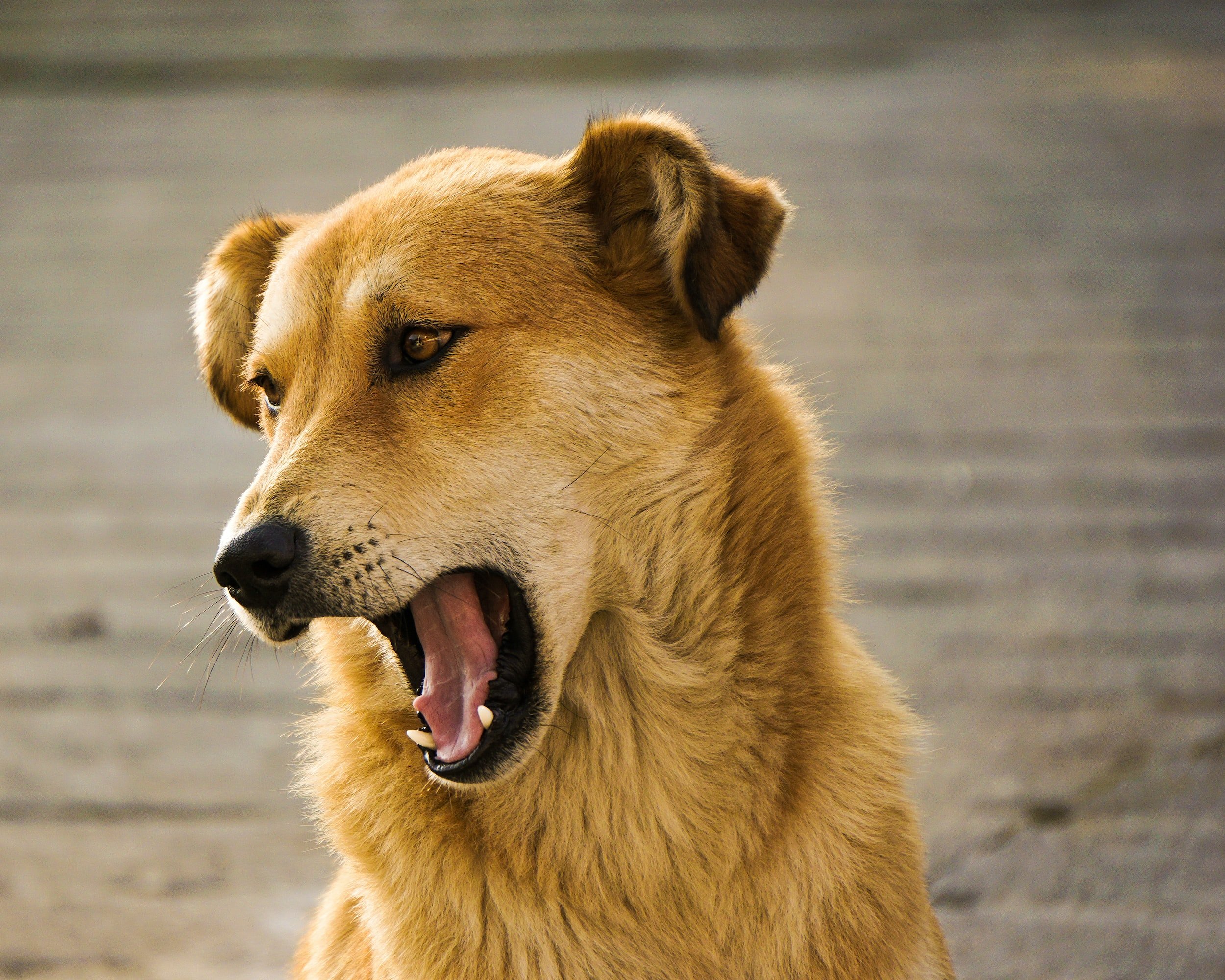
Growling… Is a GOOD thing!
It may be spooky or uncomfortable but RULE #1 from this trainer: Never Correct a Growl. A growl is an audible and obvious sign that your dog is uncomfortable and needs something to change.
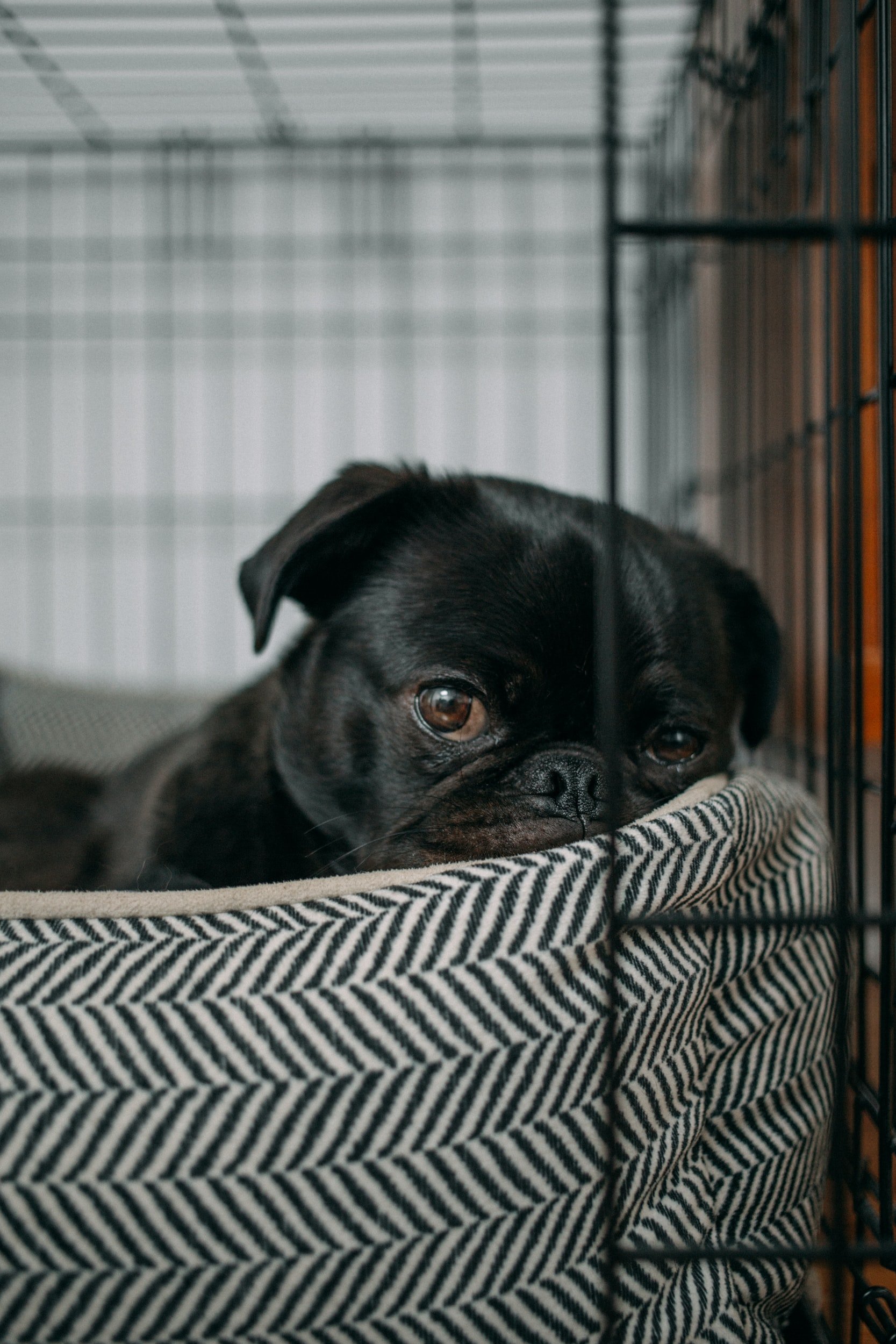
Confinement and Separation Anxiety
If your dog chews on inappropriate things even when you are home then that is a safety that needs to be managed during separation training. That may look like management via putting things away or in containers. But that may also look like a type of confinement away from areas or items that could be potentially dangerous…
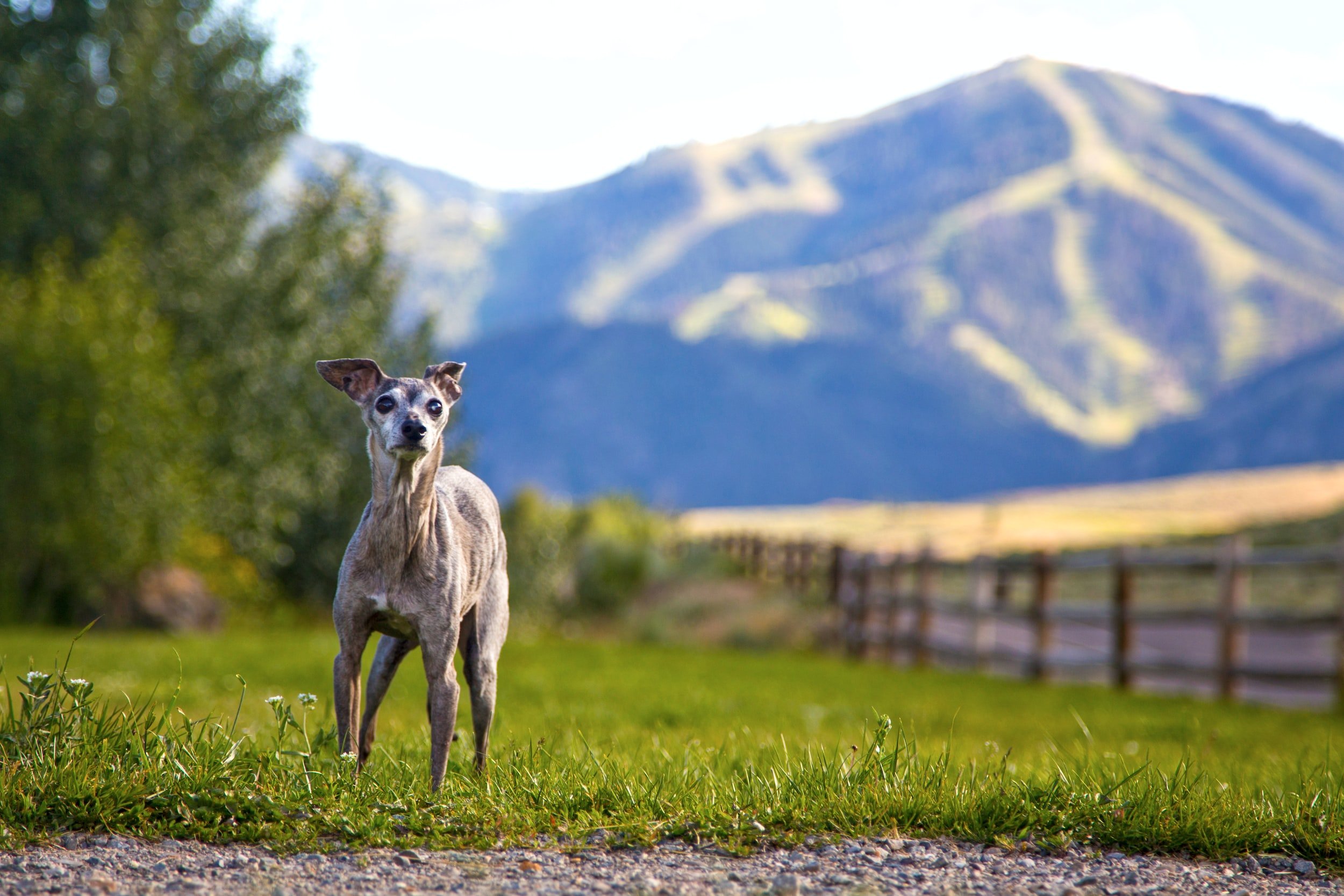
Should my older dog be assessed for separation anxiety?
Most often for older dogs who have separation issues pop up, we see barking, howling, whining, soiling the house, and restlessness or inability to settle. These are the same signs of separation anxiety or separation issues as in younger dogs… but that may not be the whole story.

Happily Ever After?
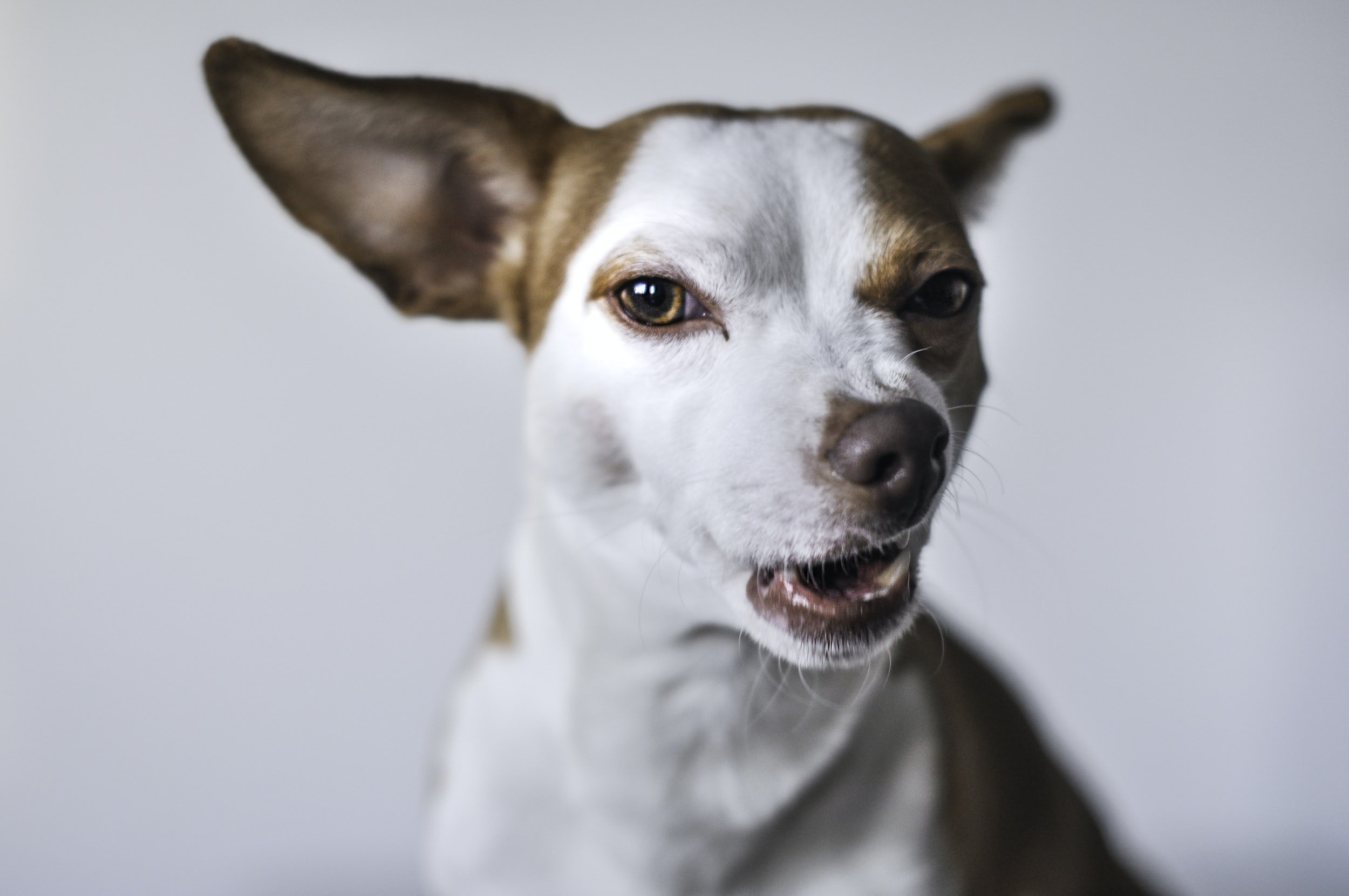
Both Reactive and Lonely
Usually this means that you are also beginning your training by building your dog’s inner circle of trusted folks.
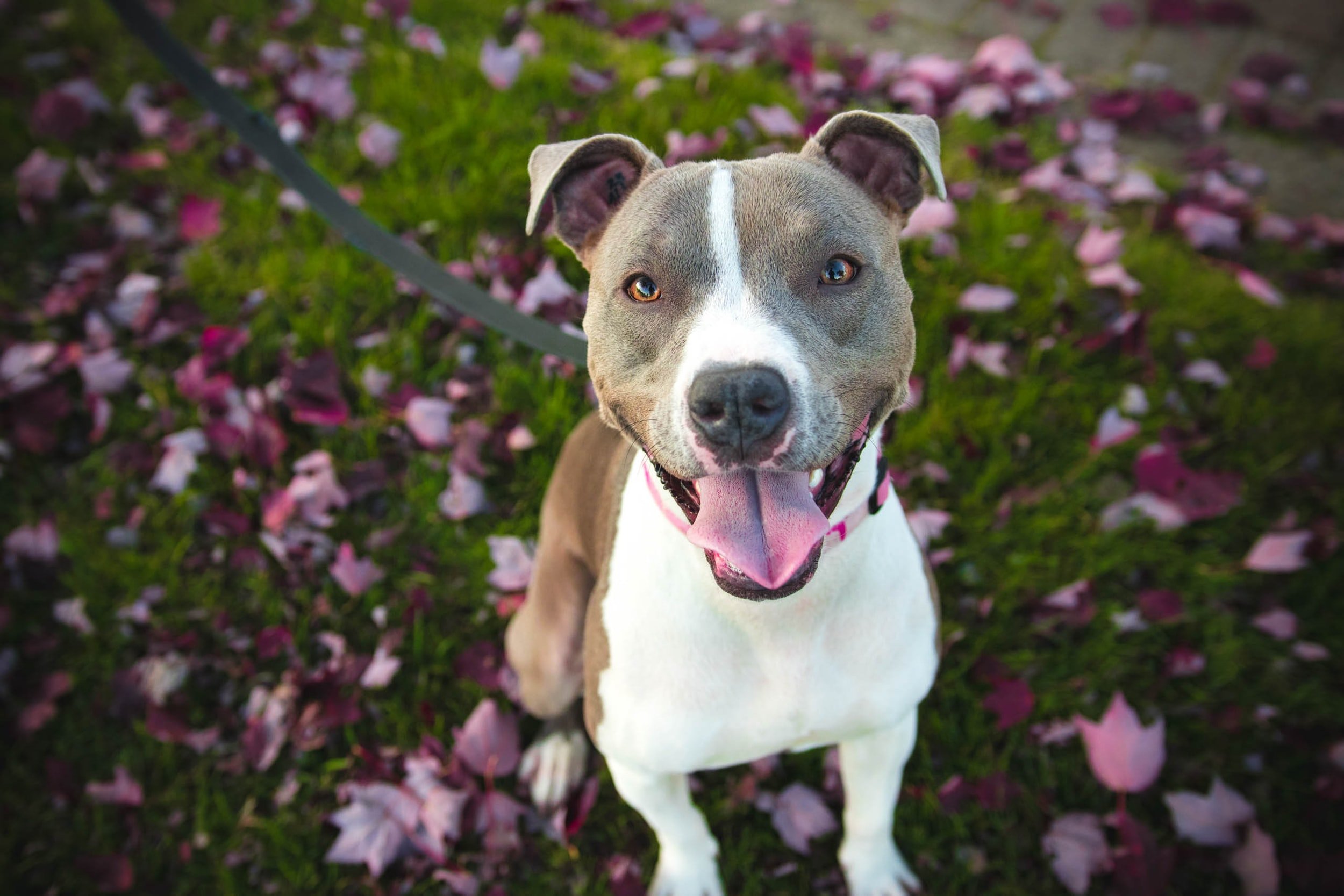
To Sit or To Pattern Game?

How to begin separation anxiety training
Starting to help a dog feel better with alone time begins with 3 major parts.
Never leaving the dog alone for longer than they can handle
Learning dog body language and YOUR dog’s body language
Seeking professional help when you need it
